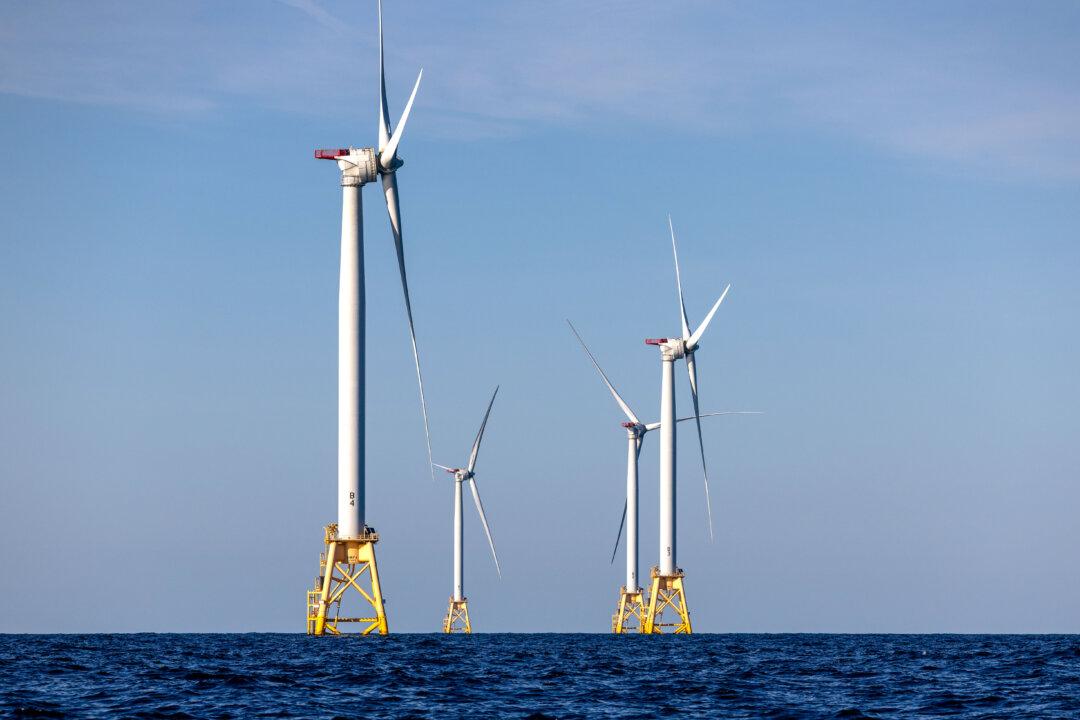U.S. orders of durable goods—products designed to last at least three years—jumped by a forecast-beating 2.5 percent in November, delivering a positive signal for the economy heading into 2022, but a measure reflecting business spending plans fell, suggesting shortages were crimping capital investment.
New orders for U.S.-manufactured durable goods in November rose $6.5 billion, or 2.5 percent, to $268.3 billion, the Commerce Department said on Dec. 23 (pdf). Consensus forecasts cited by FXStreet expected durable goods orders to rise by a more modest 1.6 percent.





